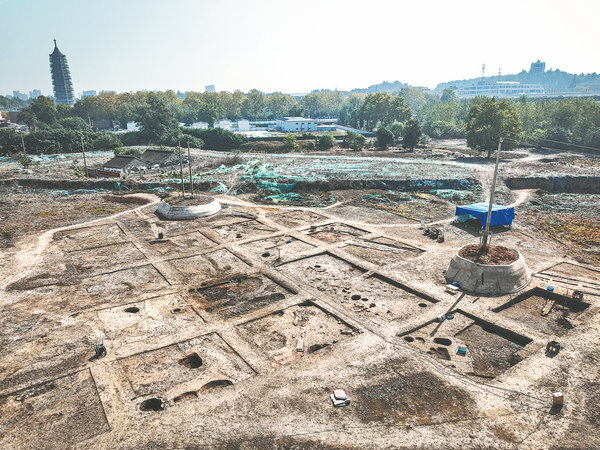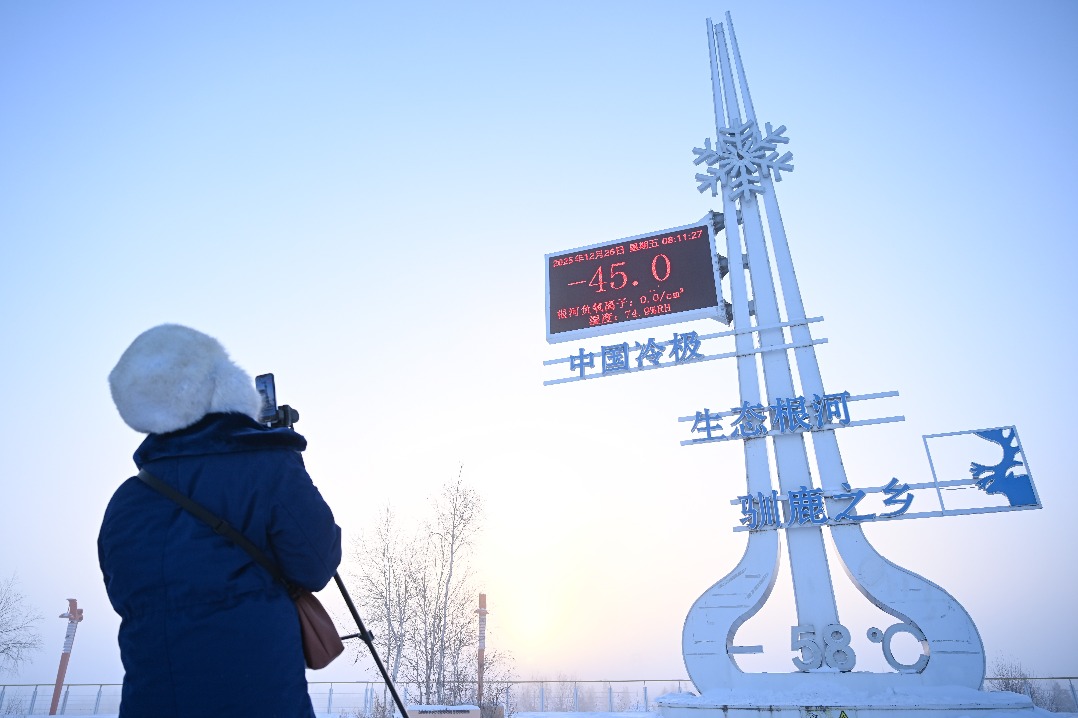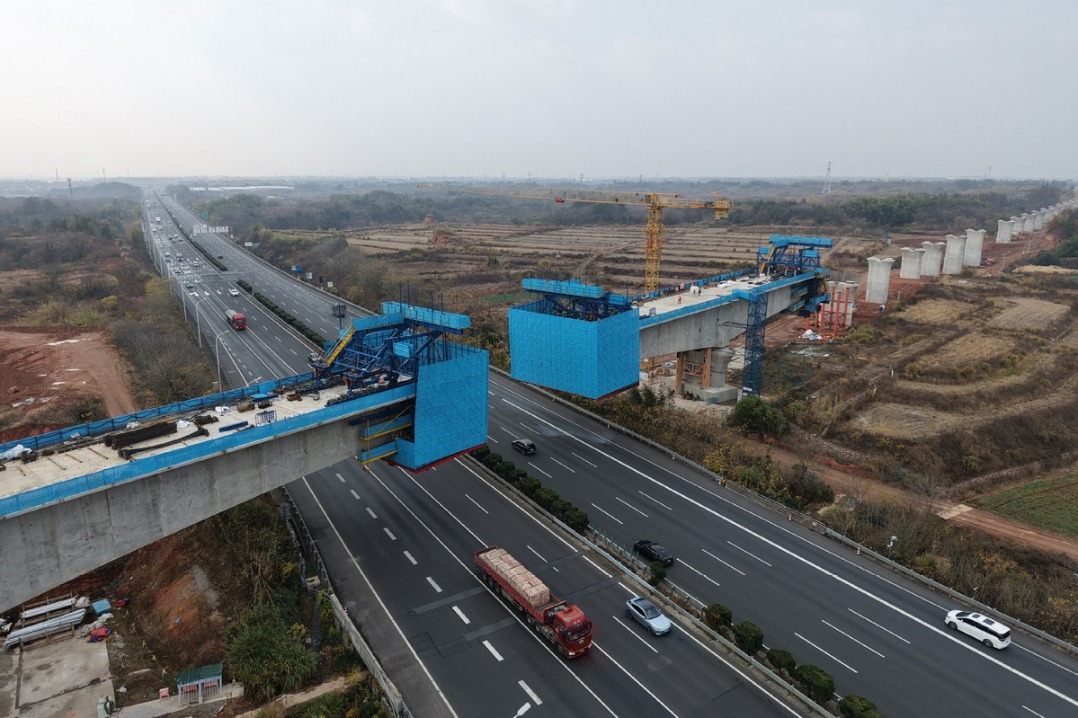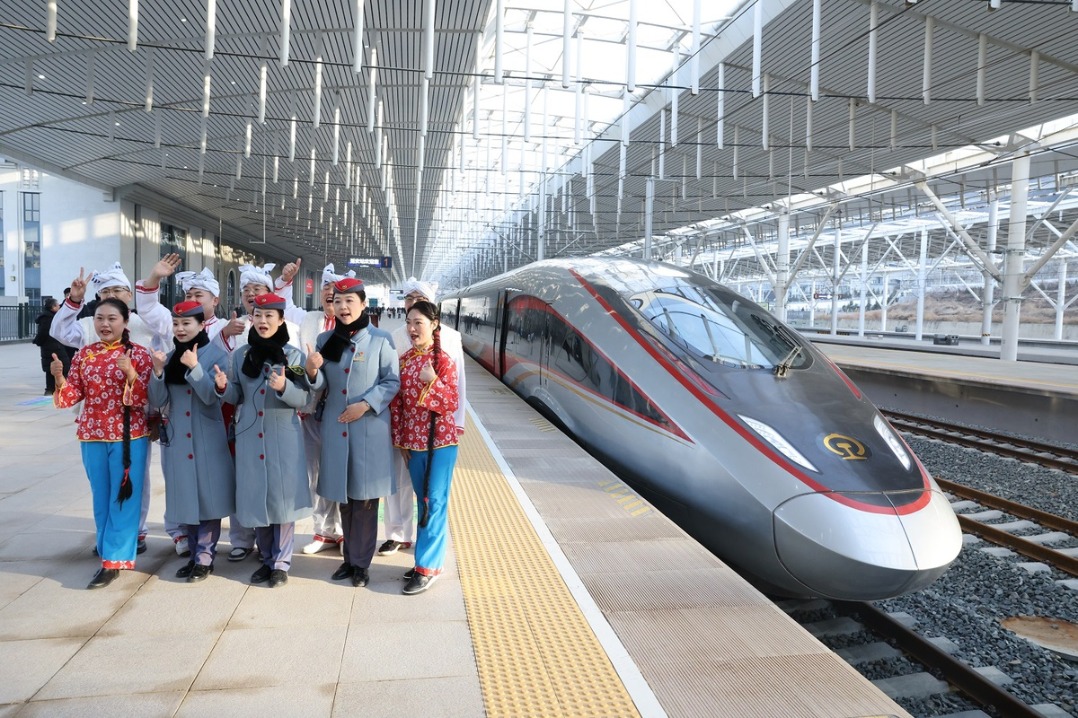Nation digs deep to ensure that its treasured past is given full protection


This year, a rich and colorful mark has been left on China's cultural inheritance and development, with the central government stressing the importance of such work.
In June, at a meeting on cultural inheritance and development, President Xi Jinping called for new cultural missions to be shouldered, and for building a modern Chinese civilization.
Cultural missions in the new era are aimed at further advancing cultural prosperity, building a leading country in culture, and fostering the modern Chinese civilization, Xi said.
He also highlighted the integral role of archaeology in deepening the understanding of China's rich and profound culture, and emphasized the significance of conducting research and providing interpretations regarding the origins of Chinese civilization.
In October, Xi Jinping Thought on Culture was put forward for the first time during a national meeting on public communication and culture.
Such instruction has mobilized related parties and boosted the protection and use of cultural heritage nationwide.
This month, policymakers from the central government and from around the country gathered at a national-level symposium, where they emphasized the need to prioritize the protection and development of cultural heritage. Party and government officials at all levels were urged to fully perform their duties and ensure the implementation of plans and policies related to the preservation of cultural heritage.
Policymakers also called for efforts to be made to establish and refine a cultural heritage protection system.
Last month, the National Cultural Heritage Administration hosted a work conference in Guangdong province to boost development of tourism routes themed on cultural relics.
Five cultural heritage-themed tourism routes are planned at national level. The routes are centered on China's immovable cultural relics, including ancient cultural sites such as tombs and cave temples.
Other elements, including historical and cultural towns and cities, agricultural and industrial heritage, museums and memorial halls, and natural landscapes and scenic spots, are expected to be integrated into the project, which is designed to further use rich traditional cultural resources.
Speaking at the Guangdong conference, Guan Qiang, deputy director of the National Cultural Heritage Administration, said different regions have achieved key results in exploring the establishment of regional and county-level tourist routes themed on cultural heritage.
Cao Jin, head of the Guangdong Institute of Cultural Relics and Archaeology, said Guangdong started work in 2016 on protecting and using the Nanyue ancient post road, a major tourism route themed on cultural relics. This work led to many post stations, bridges and passes being discovered.
More such sites are being found as related efforts continue, Cao added.
Meanwhile, ancient towns and villages, and related customs and festivals, have been integrated into developing the Nanyue road.
"Based on this ancient road network, a number of measures have been taken, and through sports, culture, tourism and other methods, the public can now visit the ancient post road and enter ancient towns and villages, thus vitalizing the countryside and truly achieving creative protection and innovative use of cultural heritage," Cao said.
Pan Shouyong, a professor at Shanghai University's School of Cultural Heritage and Information Management, said significant progress has been made in protecting cultural heritage since the 18th Communist Party of China National Congress in 2012.
He said the number of museums in China reached 6,565 by the end of last year, and 70 percent of them were built in the past two decades.
"About 200 to 300 museums have emerged nationwide each year since 2005, and some 30,000 new exhibitions have been staged annually since 2008," Pan said.
Nearly all the major museums are packed with visitors during the National Day holiday, which speaks volumes for the efforts made by those involved in the cultural relics industry, and the increasing cultural needs among the public, Pan added.
"The public has also been given access to key archaeological discoveries ... and livestreaming sessions are even conducted at some excavation sites to keep people posted on latest developments," Pan said.
Official data show that China has made notable progress in the excavation, use and protection of cultural relics.
A report issued in 2021 by the State Council said the nation boasts more than 766,000 immovable cultural relics and 108 million State-owned movable cultural relics.
China has achieved important results in strengthening archaeological work by approving the implementation of more than 7,000 excavation projects, the report said, adding that an average of more than 1 billion yuan ($139.3 million) is spent annually on ensuring the safety of cultural relics.
- Liaoning fire: Report urges legal action against restaurant operator and seven others
- Historical Han Dynasty slips go on display in Hohhot
- Shanghai unveils steps to build sci-tech innovation corridor in Yangtze River Delta
- Xiangchao concludes with Yongzhou claiming championship
- Answers
- CPC leadership meeting urges steadfast implementation of eight-point decision on improving conduct





































